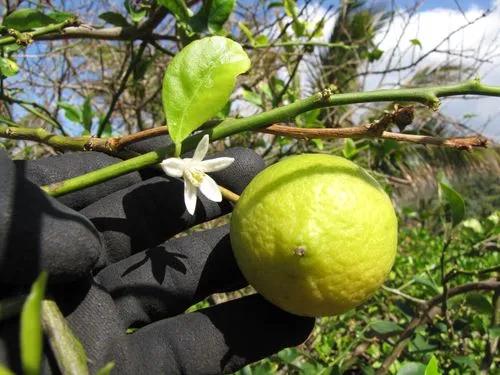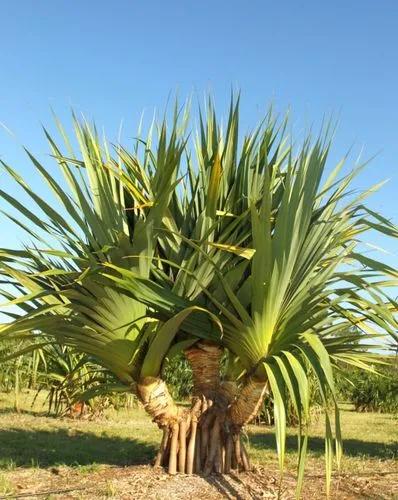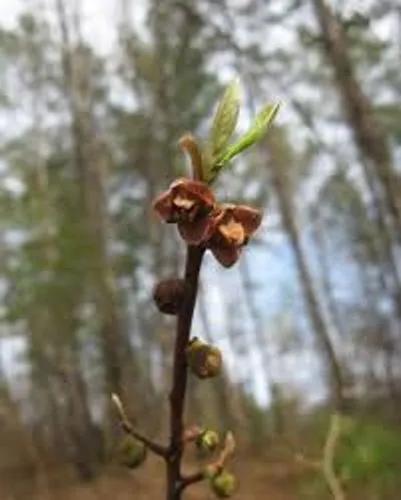Chionanthus virginicus (white fringetree) is a tree native to the savannas and lowlands of the southeastern United States, from New Jersey south to Florida, and west to Oklahoma and Texas.In 2014, white fringetrees in Ohio were reported to be hosting infestations of the emerald ash borer, an insect native to Asia that has become a highly destructive invasive pest of ash trees in North America.Since then, emerald ash borer has been found in white fringetrees in Illinois, Indiana, Ohio, and Pennsylvania, indicating to researchers that white fringetree is being utilized by emerald ash borer throughout the range where the species overlap.
White Fringetree Care
Chionanthus Virginicus



It is a deciduous shrub or small tree growing to as much as 10 to 11 metres (33 to 36 ft) tall, though ordinarily less. The bark is scaly, brown tinged with red. The shoots are light green, downy at first, later becoming light brown or orange. The buds are light brown, ovate, acute, 3 millimetres (0.12 in) long. The leaves are opposite, simple, ovate or oblong, 7.5 to 20 centimetres (3.0 to 7.9 in) long and 2.5 to 10 centimetres (0.98 to 3.94 in) broad, with a petiole 2 centimetres (0.79 in) long, and an entire margin; they are hairless above, and finely downy below, particularly along the veins, and turn yellow in fall. The richly-scented flowers have a pure white, deeply four-lobed corolla. Although native in the southeastern United States, it is hardy in the north and is extensively planted in gardens, where specimens are often grown with multiple trunks. The white flowers are best seen from below. Fall color is a fine, clear yellow, a good contrast with viburnums and evergreens. It prefers a moist soil and a sheltered situation. It may be propagated by grafting on Ash (Fraxinus sp.). The wood is light brown, sapwood paler brown; heavy, hard, and close-grained.The dried roots and bark were used by Native Americans to treat skin inflammations. The crushed bark was used in treatment of sores and wounds.
How to Care for the Plant

Popularity

732 people already have this plant 125 people have added this plant to their wishlists
Discover more plants with the list below
Popular articles






